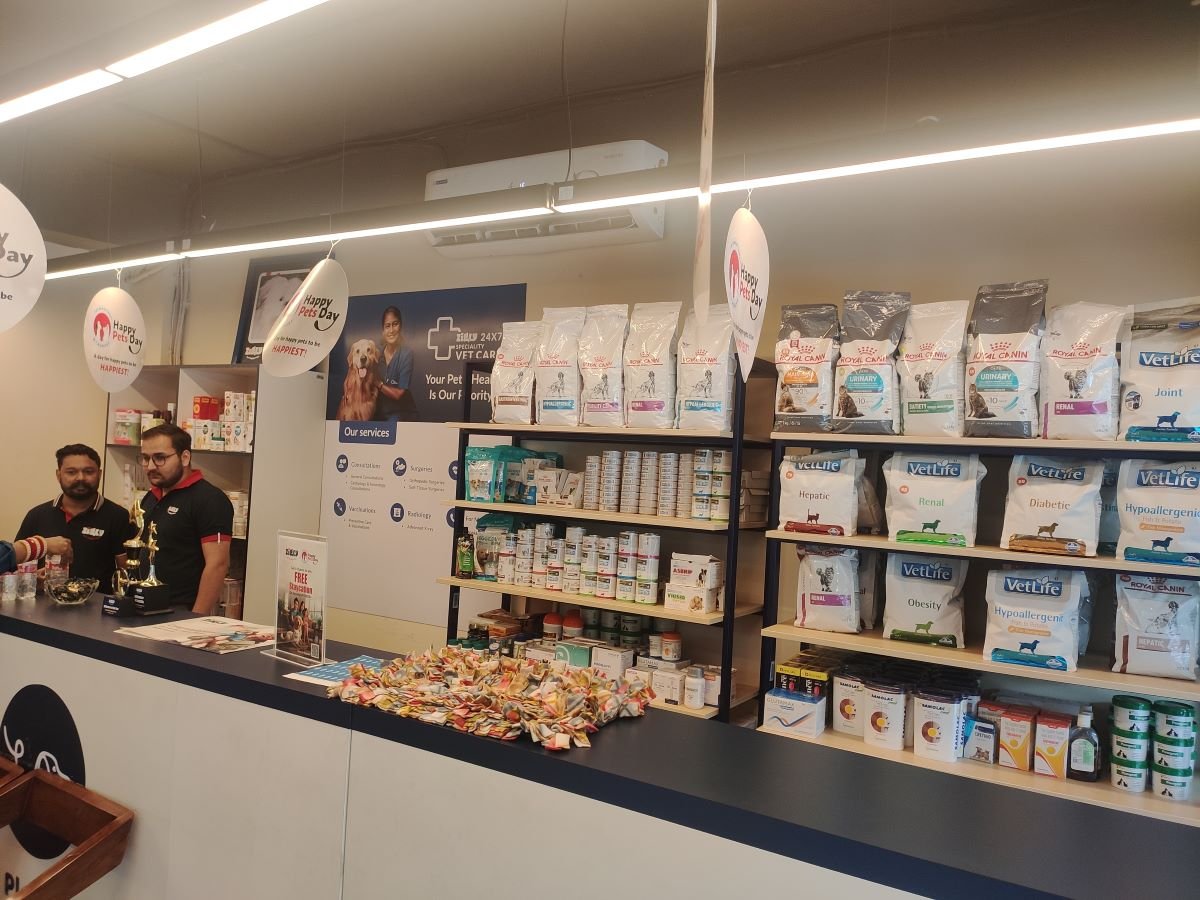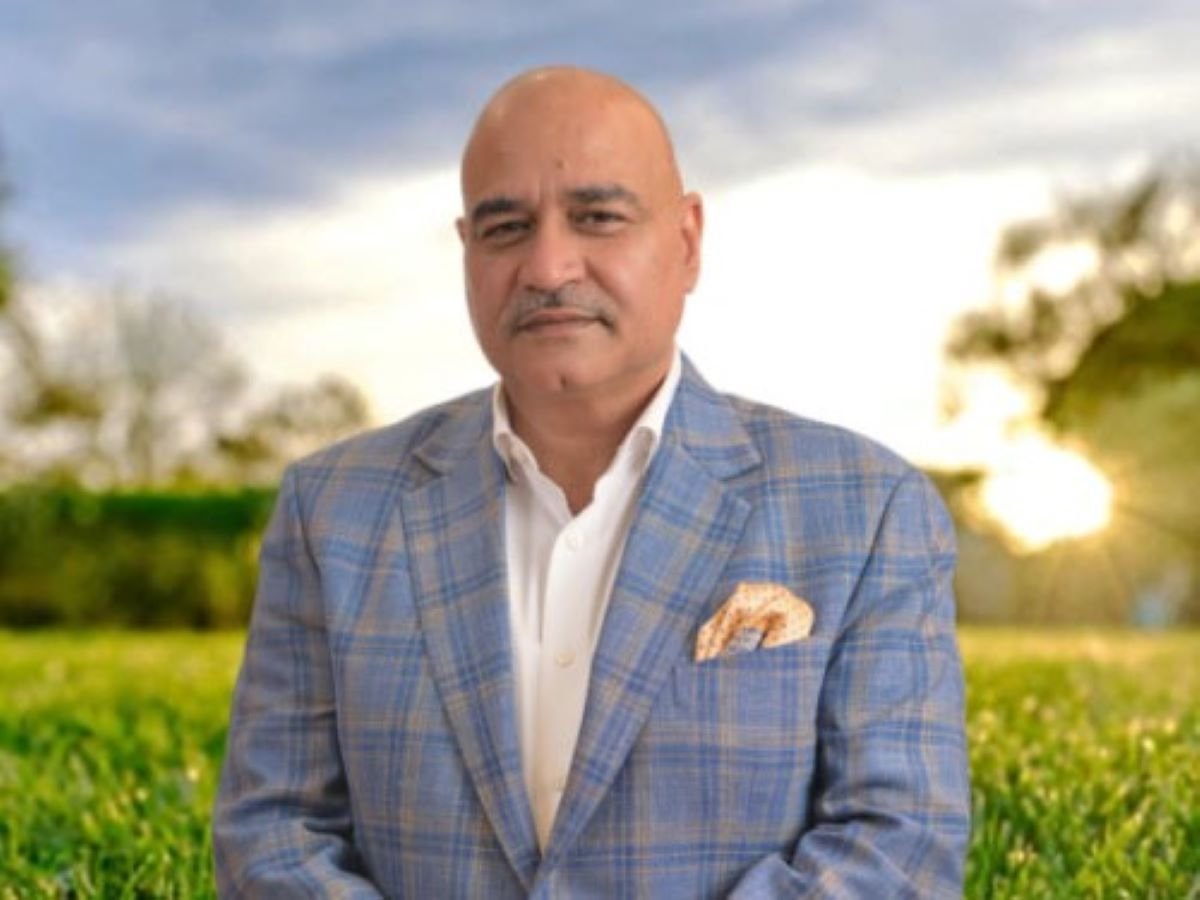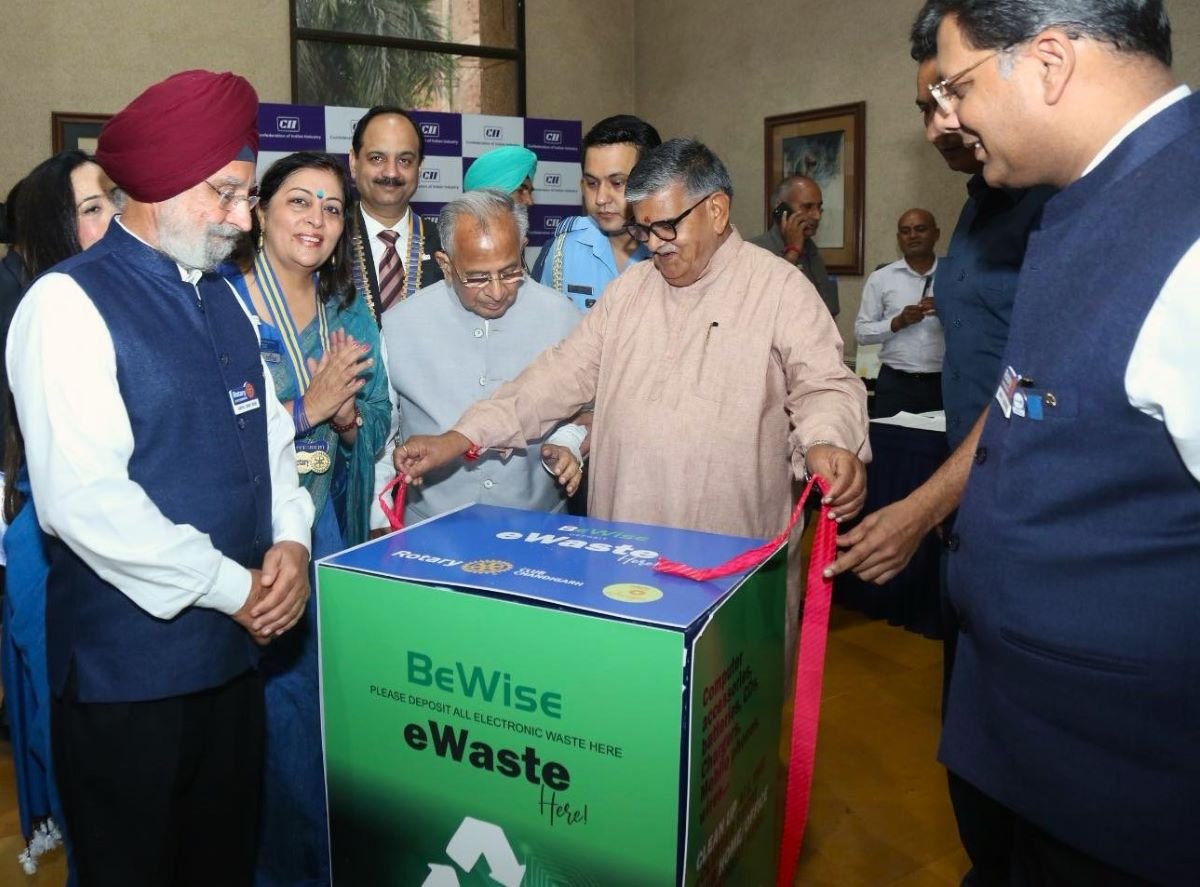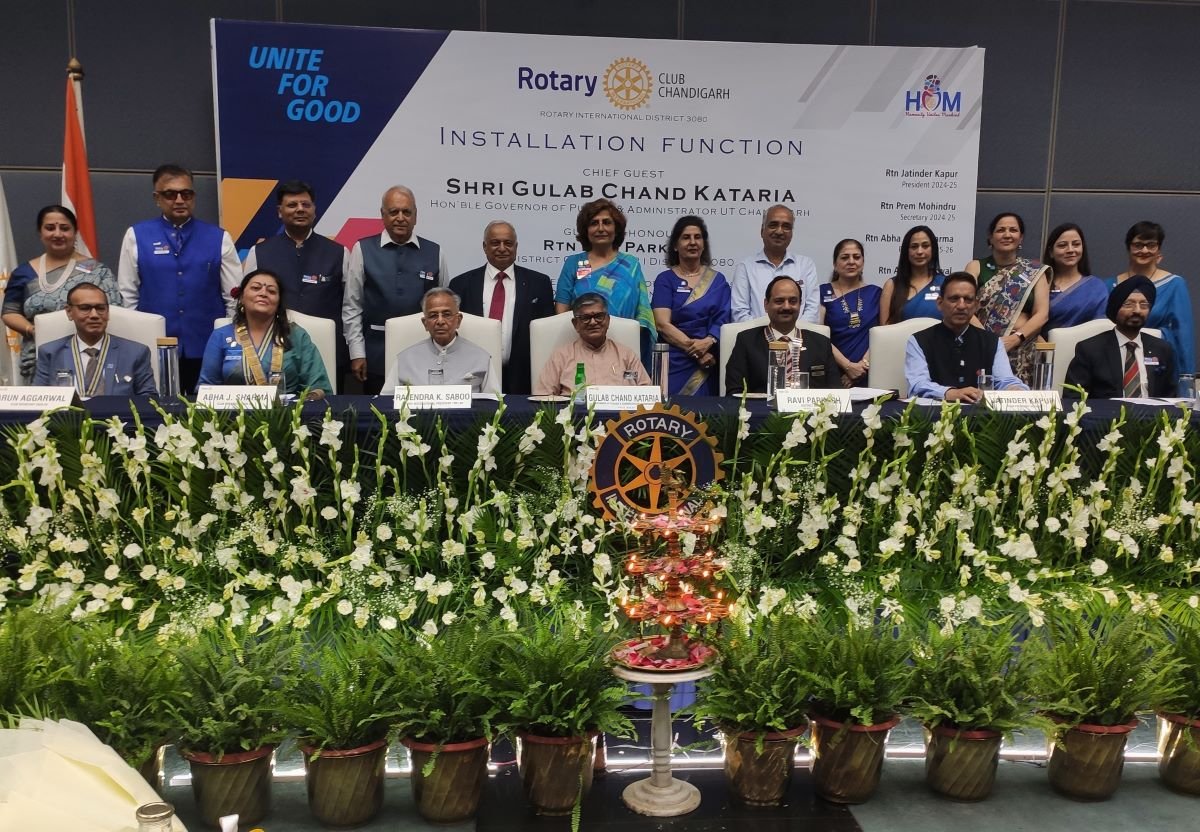India’s first and longest serving Director General of Civil Aviation (DGCA) shared his views on the recent air tragedy on the sidelines of his lecture ‘Application of Advanced Technology in Aviation Safety and Accident Investigation’ delivered at the Panjab University Chandigarh
Lecture was organised by SPSTI (Society for Promotion of Science & Technology in India) and the PU’s Department of Physics
India’s first and longest serving Director General of Civil Aviation (DGCA) HS Khola has expressed the view that ordering a Court of Inquiry into the June 12 crash of an Air India Boeing 787 dreamliner at Ahmedabad, in which all but one of the 242 passengers and crew on board and many others on the ground died, could have instilled greater public confidence and prevented most of the speculation and conjecturing swirling around the cause of the crash.
Khola, who remained the DGCA from 1993 till the time of his retirement from service in 2002, however was quick to add that though a Court of Inquiry is not mandatory, in the past it was a standard practice to order it into air accidents which resulted in a large number of fatalities. “It’s a more open and transparent process,” he asserted.
At the same time the man who investigated many high-profile air tragedies, including the Kanishka bombing over the Atlantic in 1985, expressed confidence that the truth will nevertheless come out in the open as the entire data collected from various sources, including Digital Flight Data Recorder (DFDR) and Cockpit Voice Recorder (CVR), collectively also called the ‘black box’, will have to be made public and thus cannot be falsified.
He was talking exclusively to your own news portal LifeInChandigarh.com on the sidelines of his lecture on the topic ‘Application of Advanced Technology in Aviation Safety and Accident Investigation’ delivered in the Prof BM Anand Auditorium on the Panjab University (PU) campus in Chandigarh on Tuesday.
The lecture was organised by SPSTI (Society for Promotion of Science & Technology in India) and the PU’s Department of Physics.
Within 24 hours of the crash, the Indian government had ordered two separate and parallel investigations – one into the technical aspects of the crash by the Aircraft Accident Investigation Bureau (AAIB) and the other by a High-Level Committee (HLC) chaired by the Union Home Secretary, the latter of which, Civil Aviation Minister K Rammohan Naidu had later clarified will provide a holistic, policy-oriented roadmap for future safeguards.
The high-level committee includes representatives from the Ministry of Civil Aviation, Home Ministry, Indian Air Force, Intelligence Bureau, Gujarat government, Directorate General of Civil Aviation, and Bureau of Civil Aviation Security, besides others.
While the high-level committee is expected to submit its report within three months, AAIB has already released its mandatory preliminary report which has given certain pointers without hinting at probable causes for the crash.
About an estimated timeline for the AAIB to conclude its investigation and submit its final report, the civil aviation veteran Khola says it dependents on the complexities involved and how fast all required evidences are collected to arrive at a conclusion. Giving the example of the Kanishka crash he said it took more than a year to conclude that it was a result of a bomb going off mid-flight.
In a presentation as part of his lecture, Khola broadly covered topics like aviation regulators involved, and complexities of aviation safety; analysis of past aviation safety record and causes of accidents; use of DFDR & CVR data in safety enhancement and accident investigations; and safety enhancement measures – use of airborne and ground-based systems.
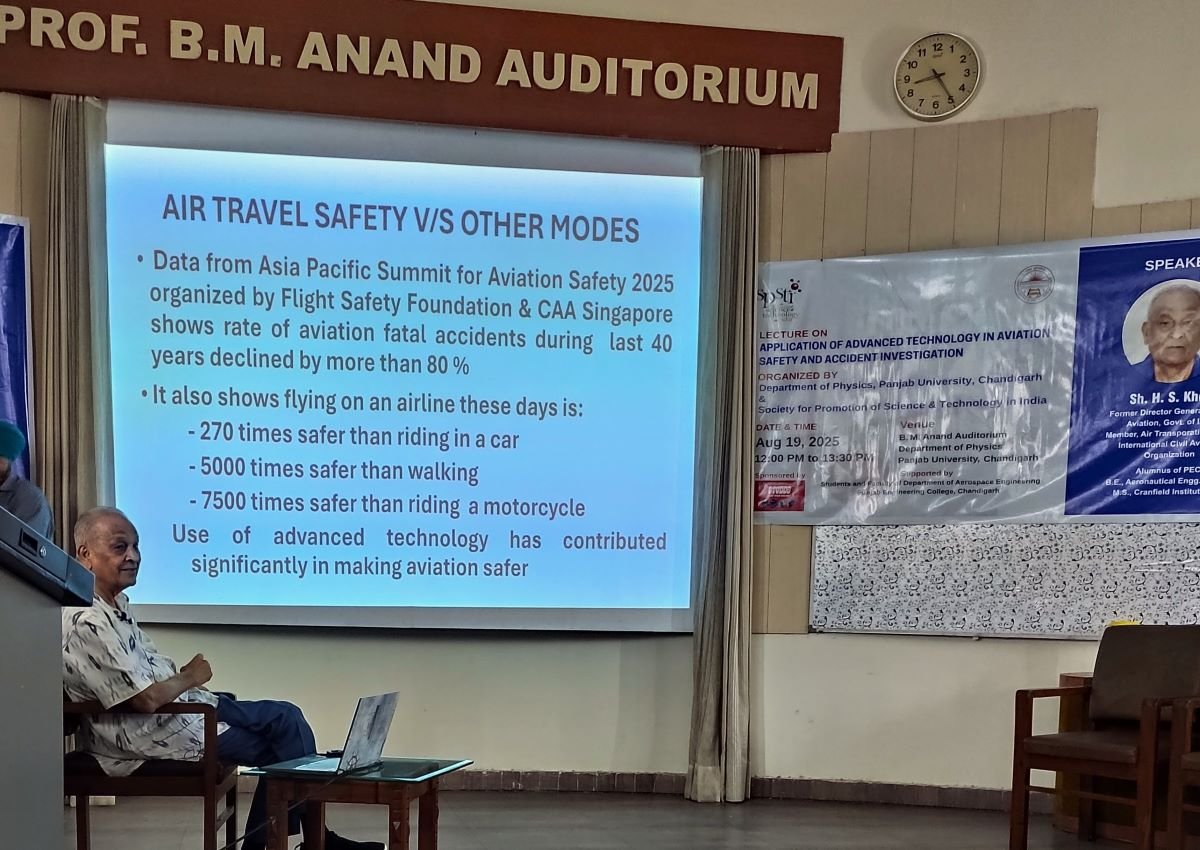

He shared that taking a broad view of past accidents shows that about 60% accidents occurred during approach or landing, about 60% in poor weather conditions, and about 60% due to human errors.
Safety analysis also revealed that among the factors contributing to human errors were skill errors (46%), inadvertent errors (30%) and deliberate errors (24%), he added, further stating that most such accidents were caused due to non-compliance of laid down procedures, coupled with poor weather conditions, leading to the conclusion that that most accidents were apparently avoidable.
At the same time, striking a note of optimism, the civil aviation veteran emphasised that use of advanced technology has contributed significantly to making aviation safer, and positioning by air as the safest mode of transportation.
Citing data from the latest Asia Pacific Summit for Aviation Safety 2025, organised by Flight Safety Foundation and CAA Singapore, he said it shows that the rate of fatal aviation accidents has declined more than 80% in the past four decades.
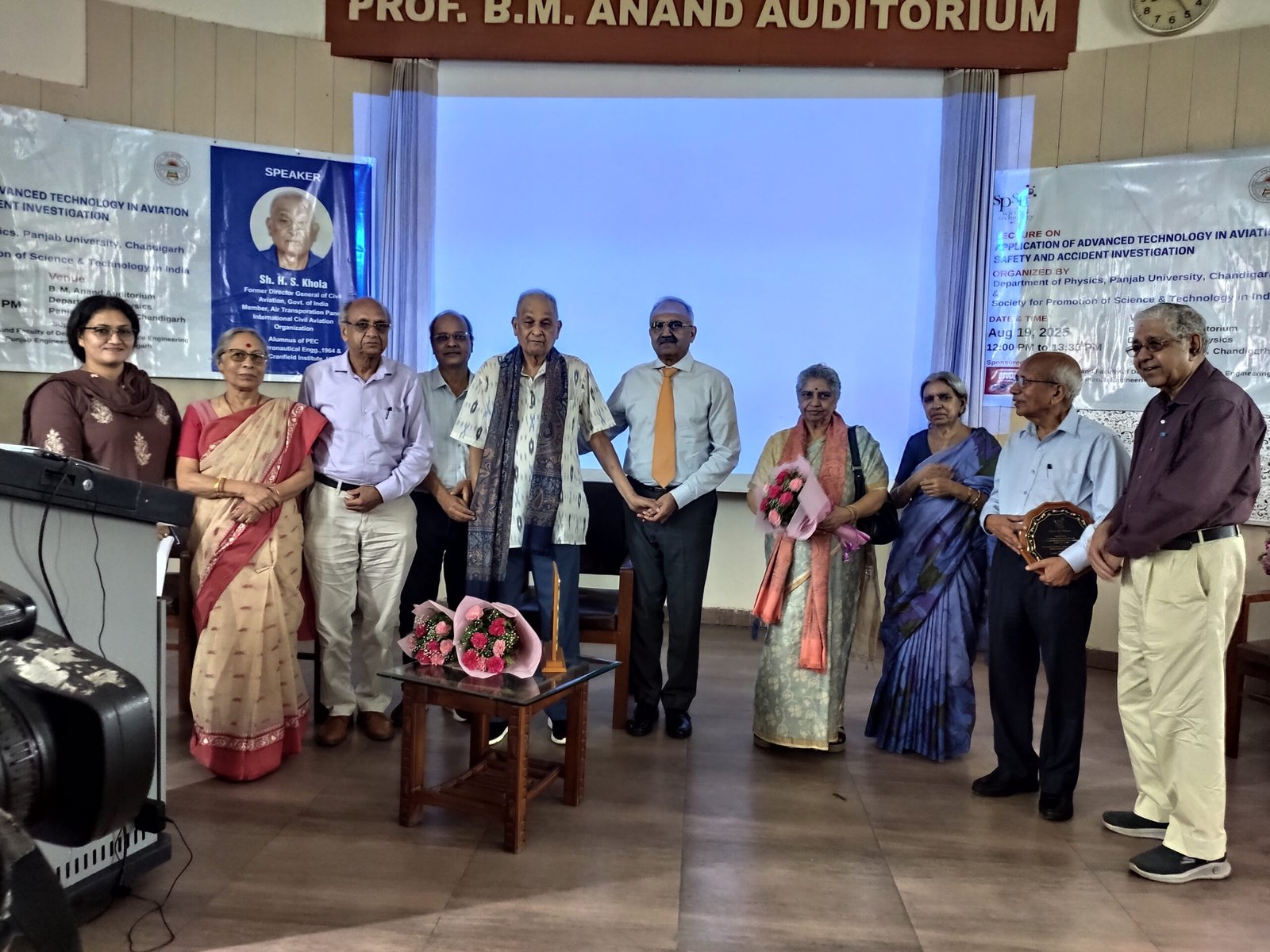
It also shows that flying on an airline these days is:
- 270 times safer than travelling in a car
- 5,000 times safer than walking
- 7,500 times safer than riding a motorcycle
Khola concluded that technology has:
- Reduced air route distances (by straightening routes), and thus cost of operations
- Increased capacity of airspace by reducing vertical and horizontal separations (between airborne aircraft)
- Reduced workload of pilots and air traffic controllers
- Advanced technology in aircraft and ground systems and application of space technology is greatly enhancing aviation safety.






 Chief guest Rtn Rajpal Singh, immediate past district governor of Rotary District 3080, under whom project ‘SuDrishti’ was launched last year in association with Vision-Aid to provide smart vision glasses to the visually impaired and the blind, inspired the visually challenged students to resolve and work hard on their inner strengthens to achieve whatever they dream of.
Chief guest Rtn Rajpal Singh, immediate past district governor of Rotary District 3080, under whom project ‘SuDrishti’ was launched last year in association with Vision-Aid to provide smart vision glasses to the visually impaired and the blind, inspired the visually challenged students to resolve and work hard on their inner strengthens to achieve whatever they dream of.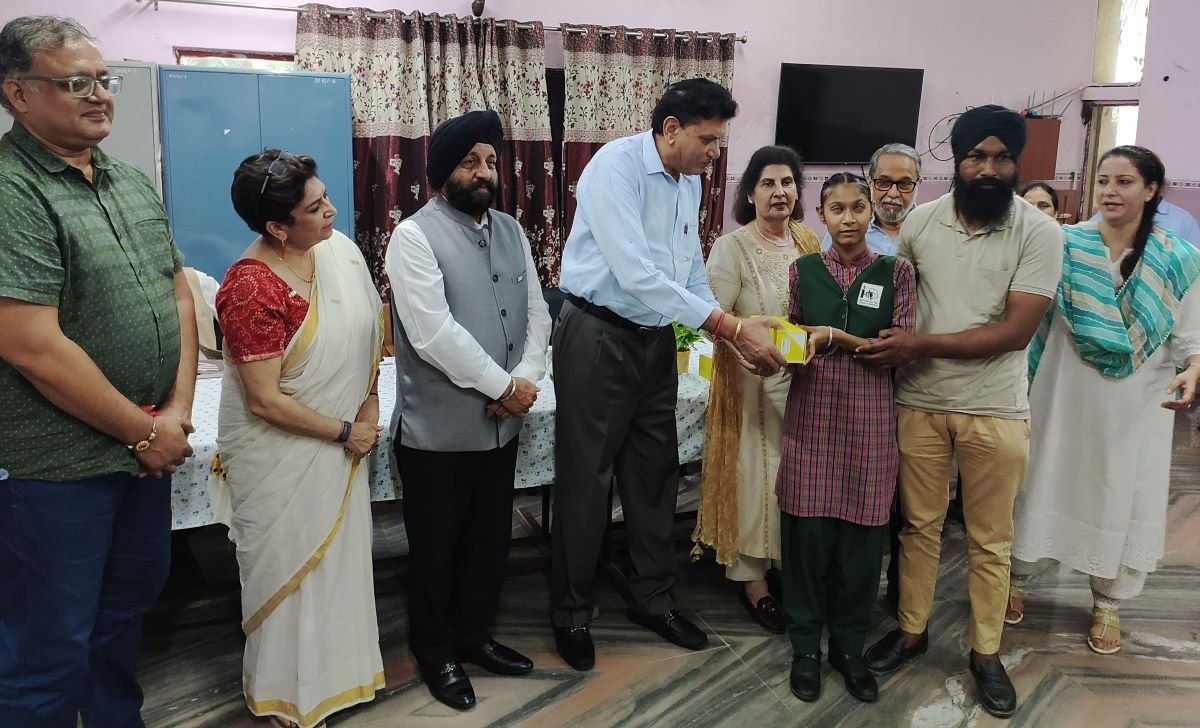
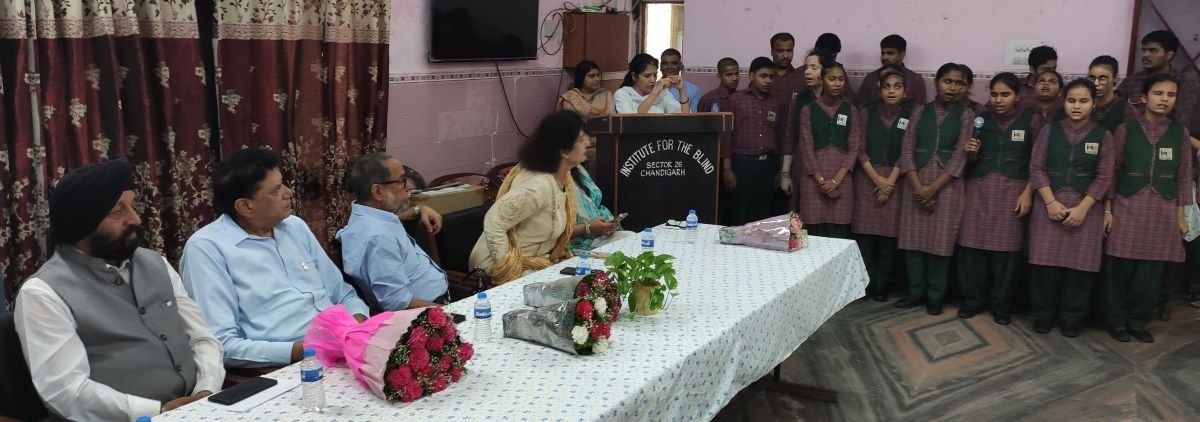
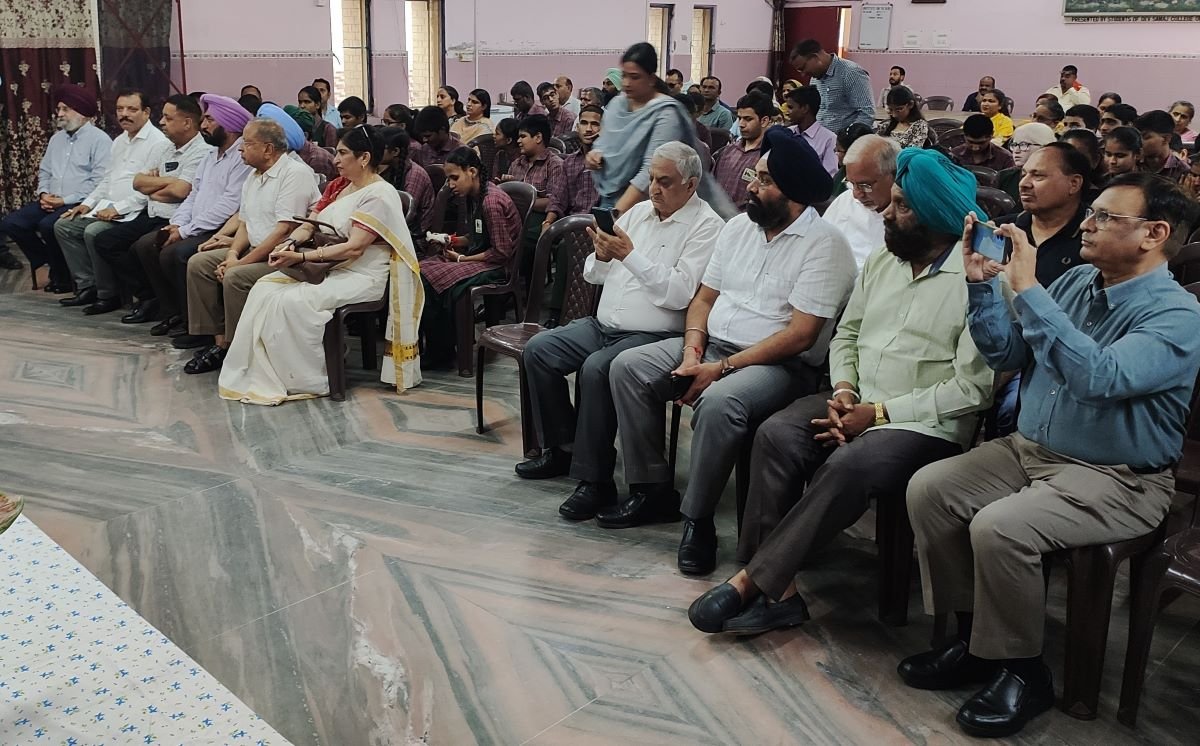 Later talking to your own news portal LifeInChandigarh.com, Dinesh Kumar Kapila informed that the society is running the institute solely with regular donations from well-wishers, many of them not even willing to take credit for the noble cause.
Later talking to your own news portal LifeInChandigarh.com, Dinesh Kumar Kapila informed that the society is running the institute solely with regular donations from well-wishers, many of them not even willing to take credit for the noble cause.


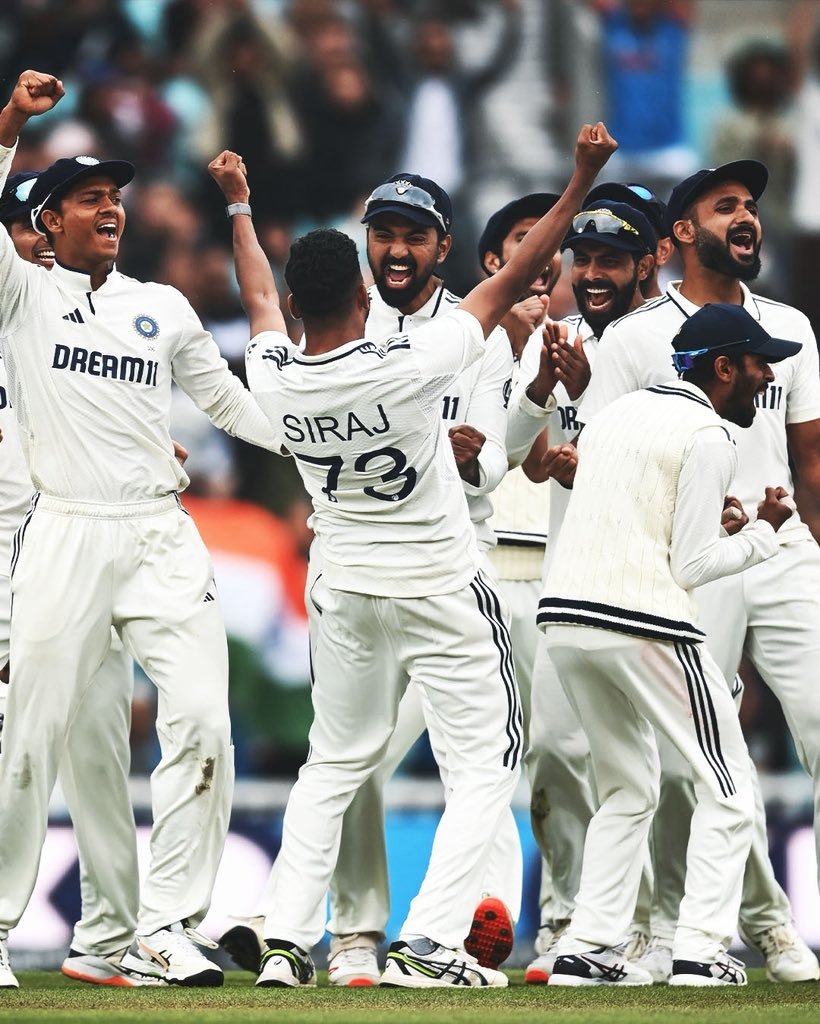
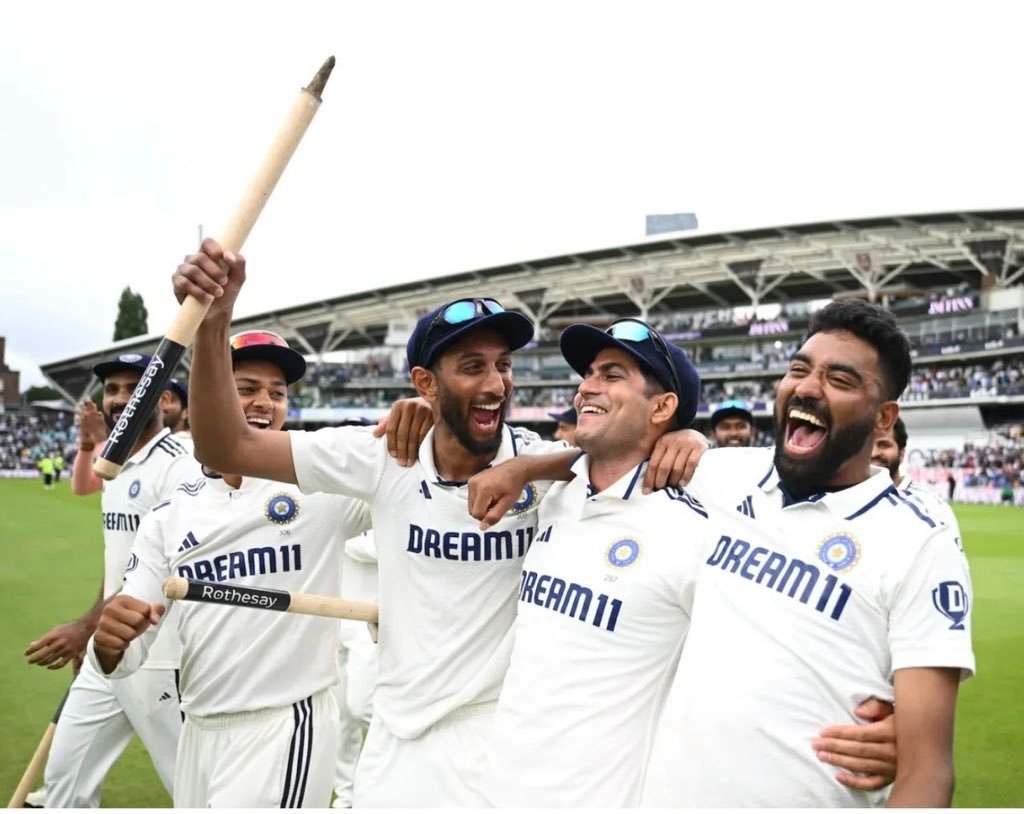






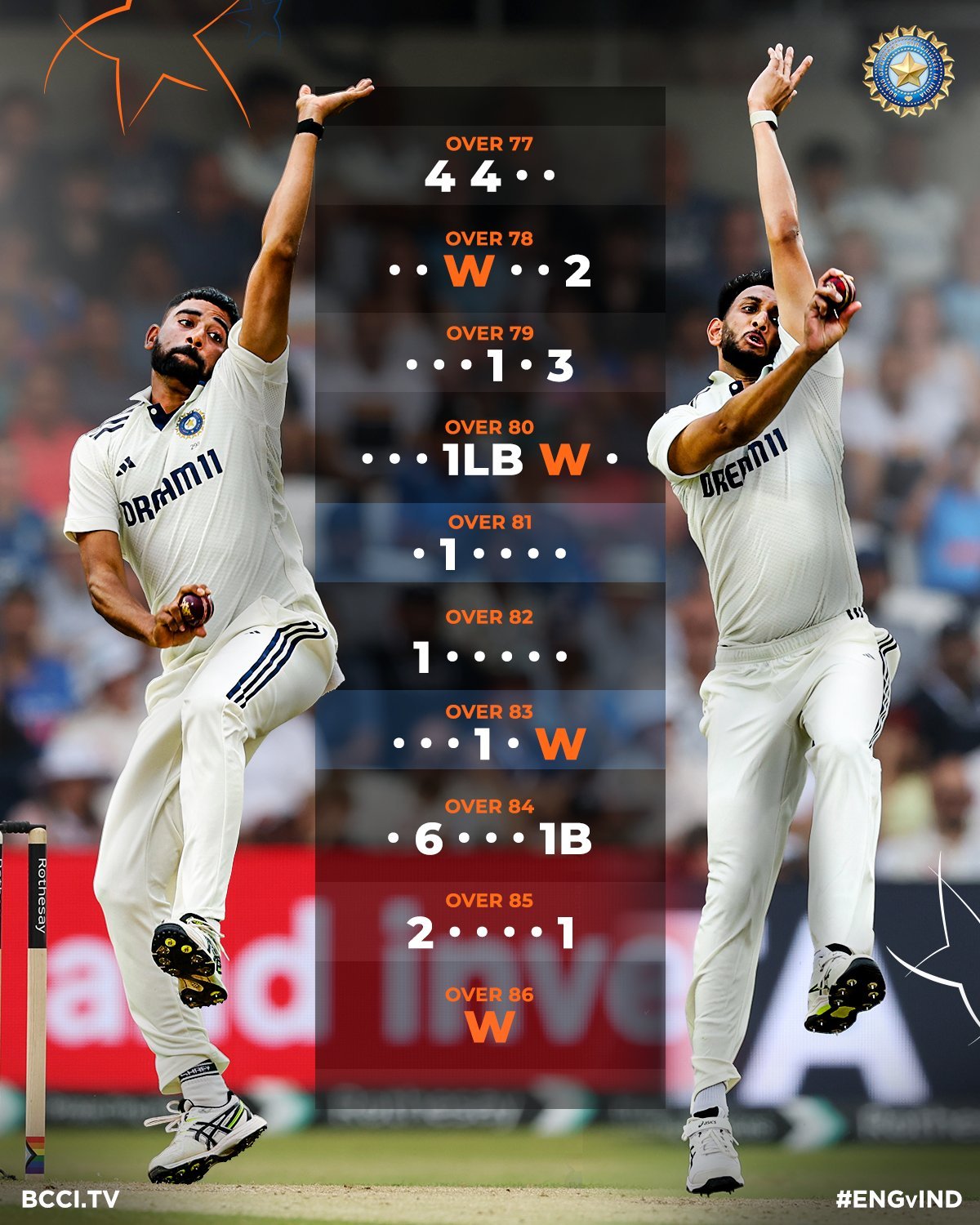



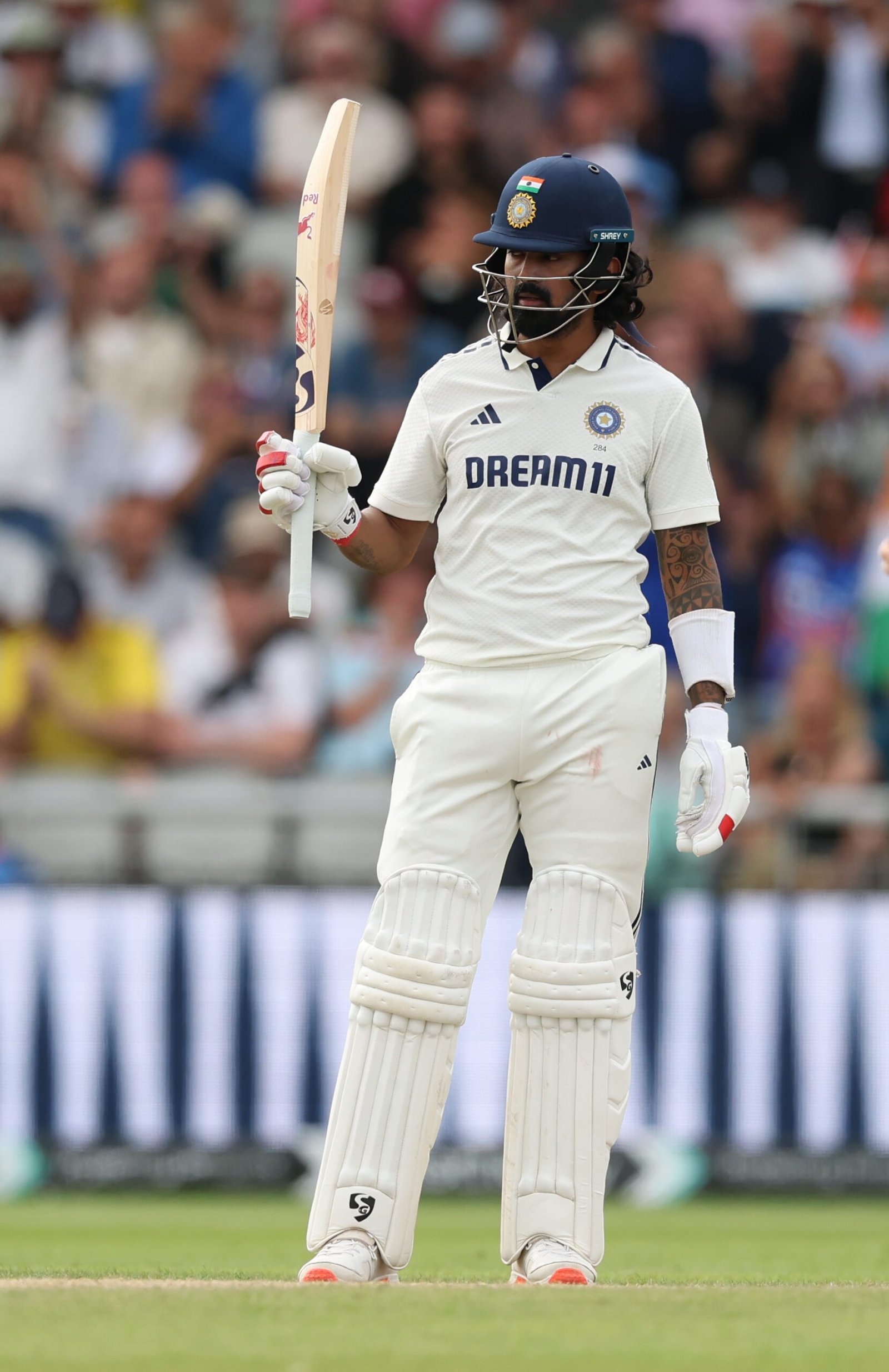

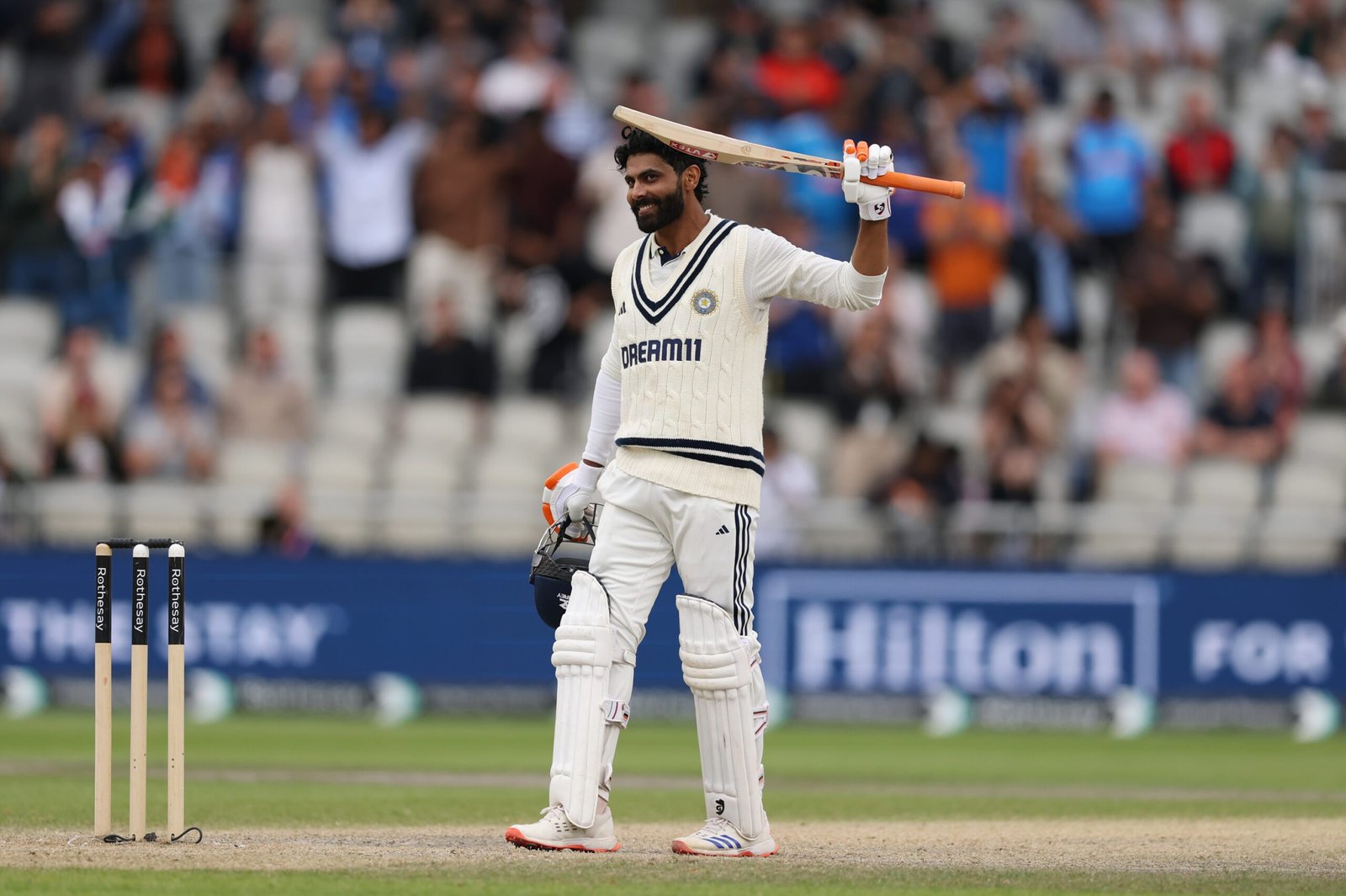
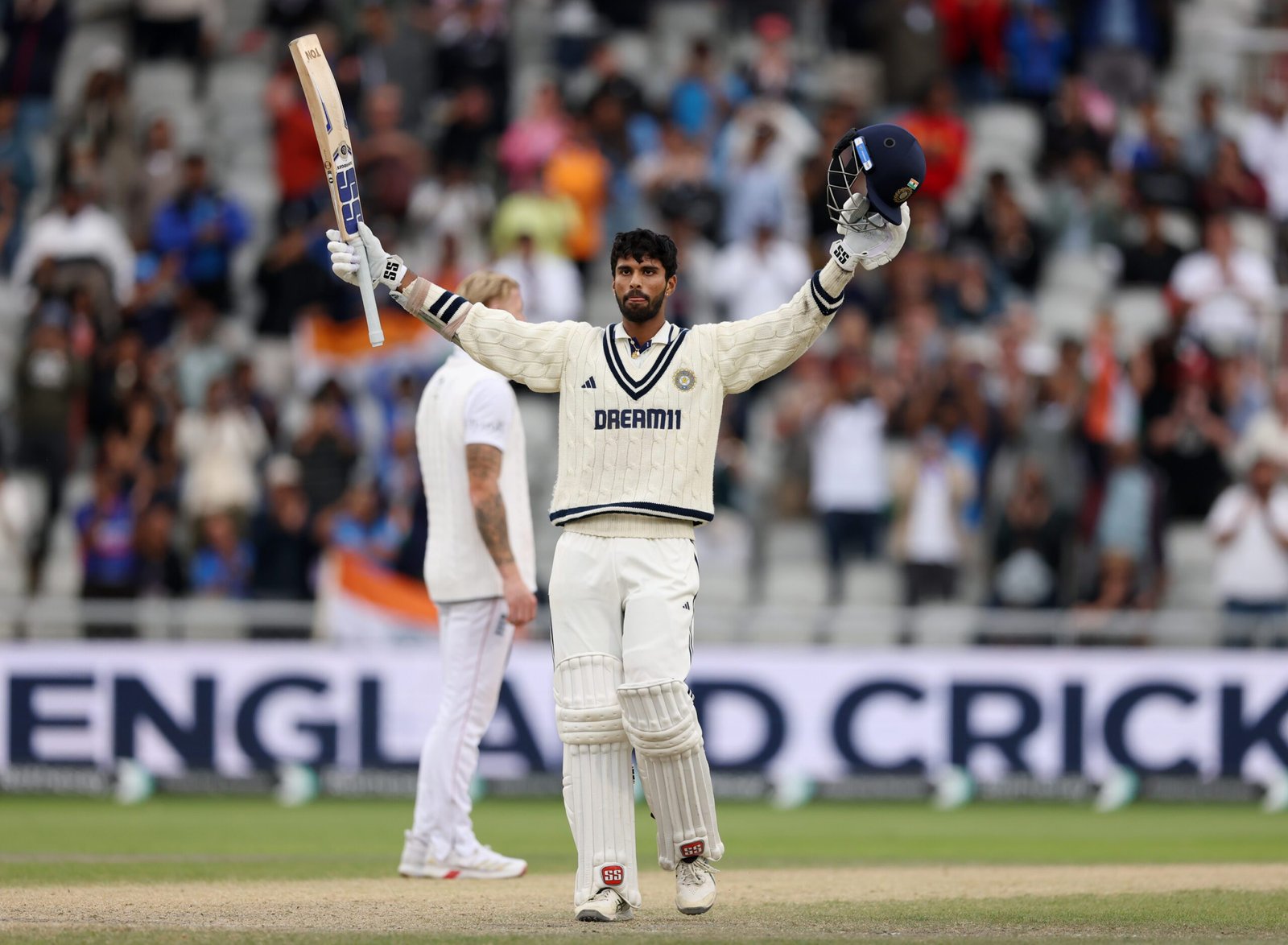
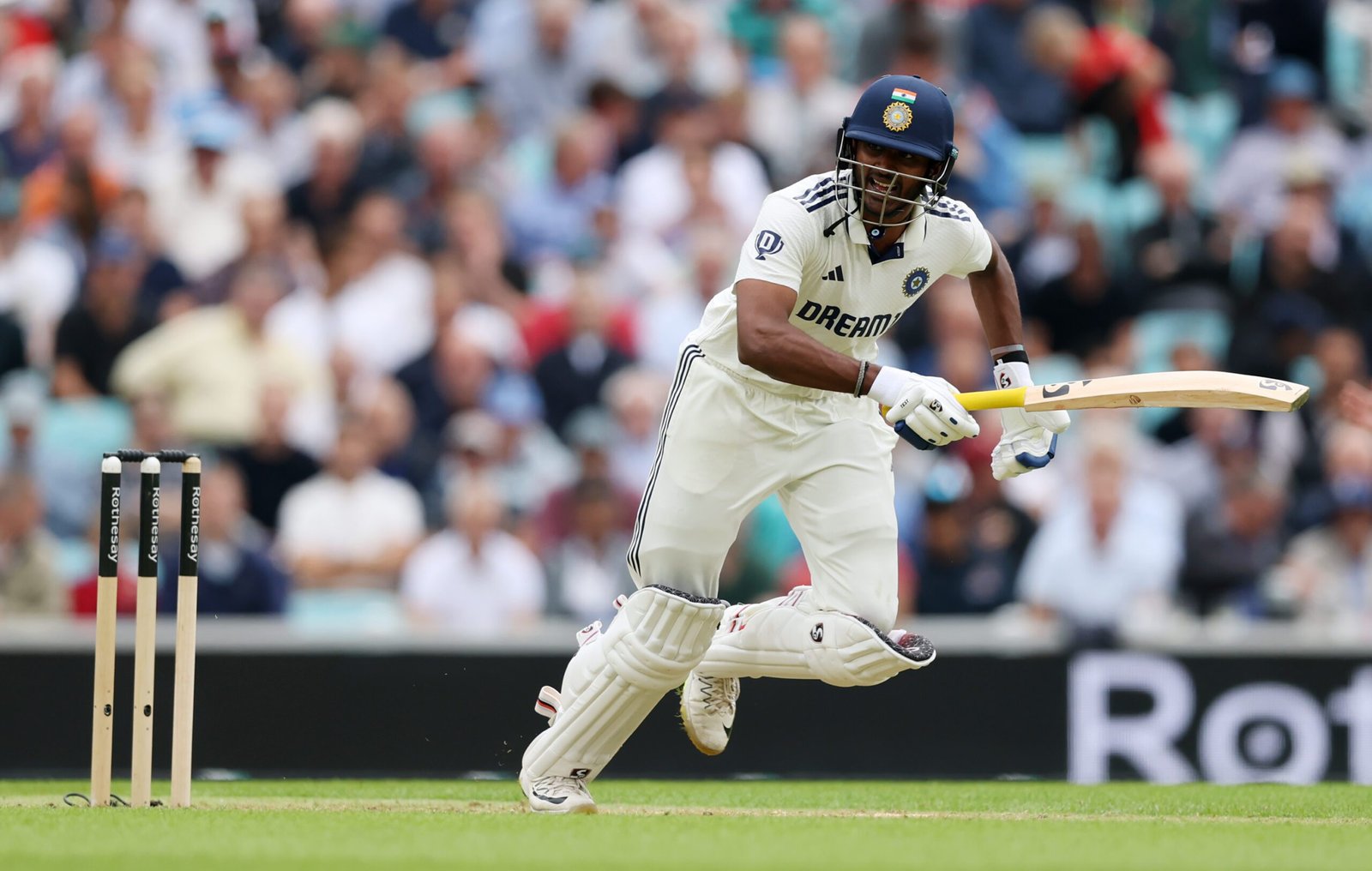
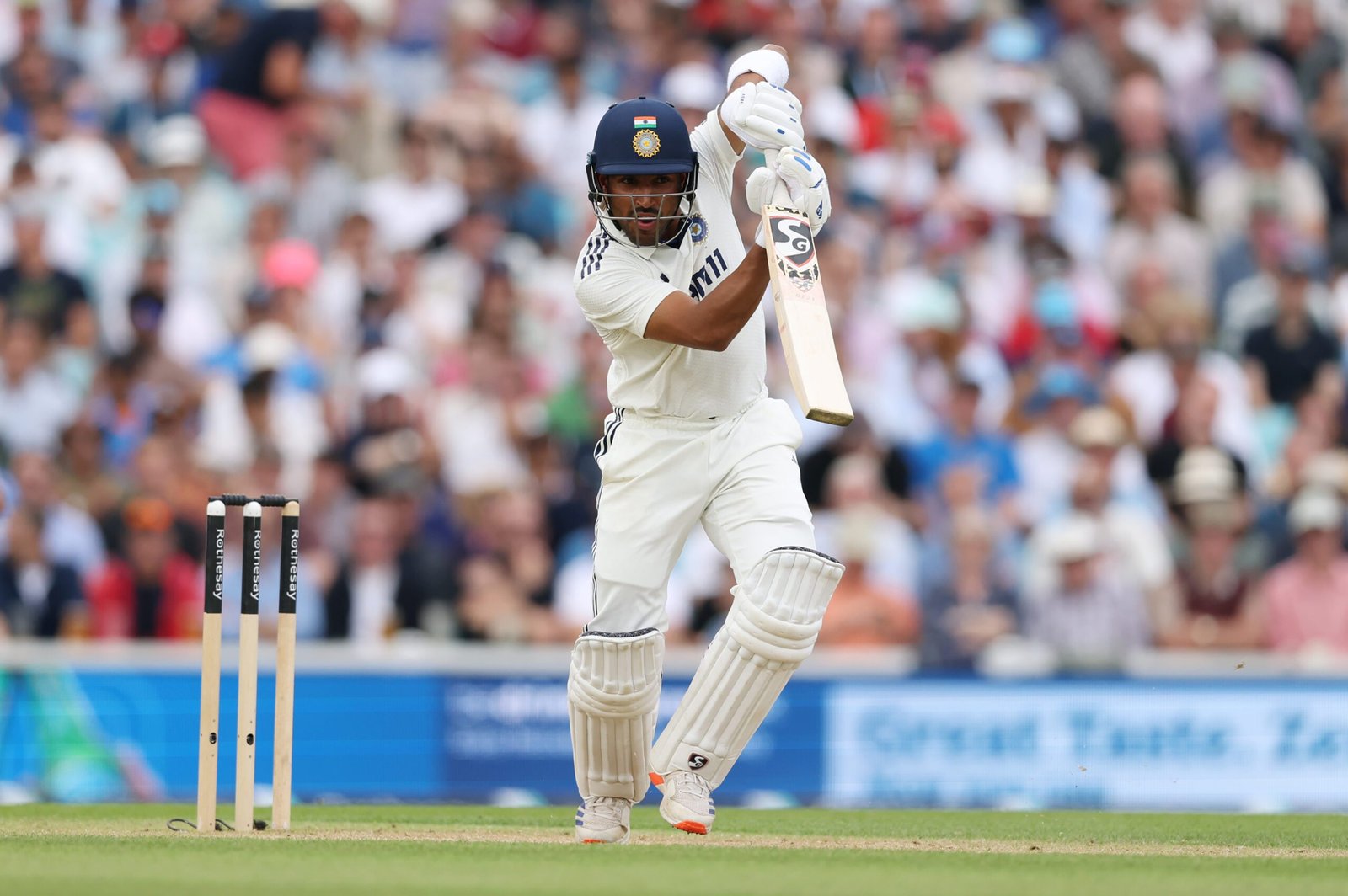
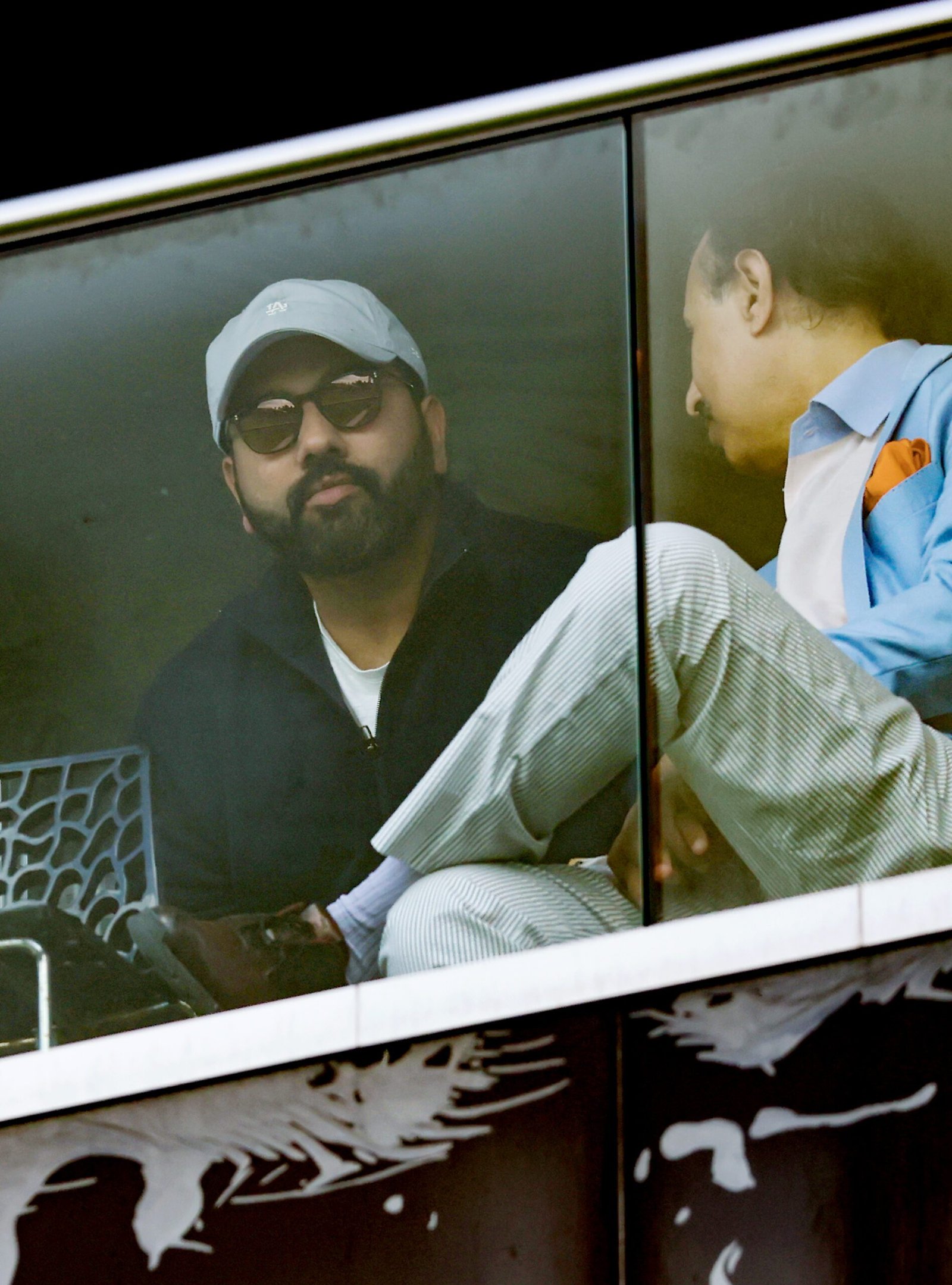


 Besides running professional outpatient and inpatient hospital services, including surgeries, for the pets, the experience centre provides a range of grooming services and pet products of all top brands all under one roof.
Besides running professional outpatient and inpatient hospital services, including surgeries, for the pets, the experience centre provides a range of grooming services and pet products of all top brands all under one roof.

 The resident doctor, Dr Anjali Saurav Sharma, says like humans, pets also require regular care to keep them healthy. Vaccinations and tests, particularly blood tests, are essential for all pets. Tests are recommended once every six months for younger pets and once every three months for the older ones.
The resident doctor, Dr Anjali Saurav Sharma, says like humans, pets also require regular care to keep them healthy. Vaccinations and tests, particularly blood tests, are essential for all pets. Tests are recommended once every six months for younger pets and once every three months for the older ones.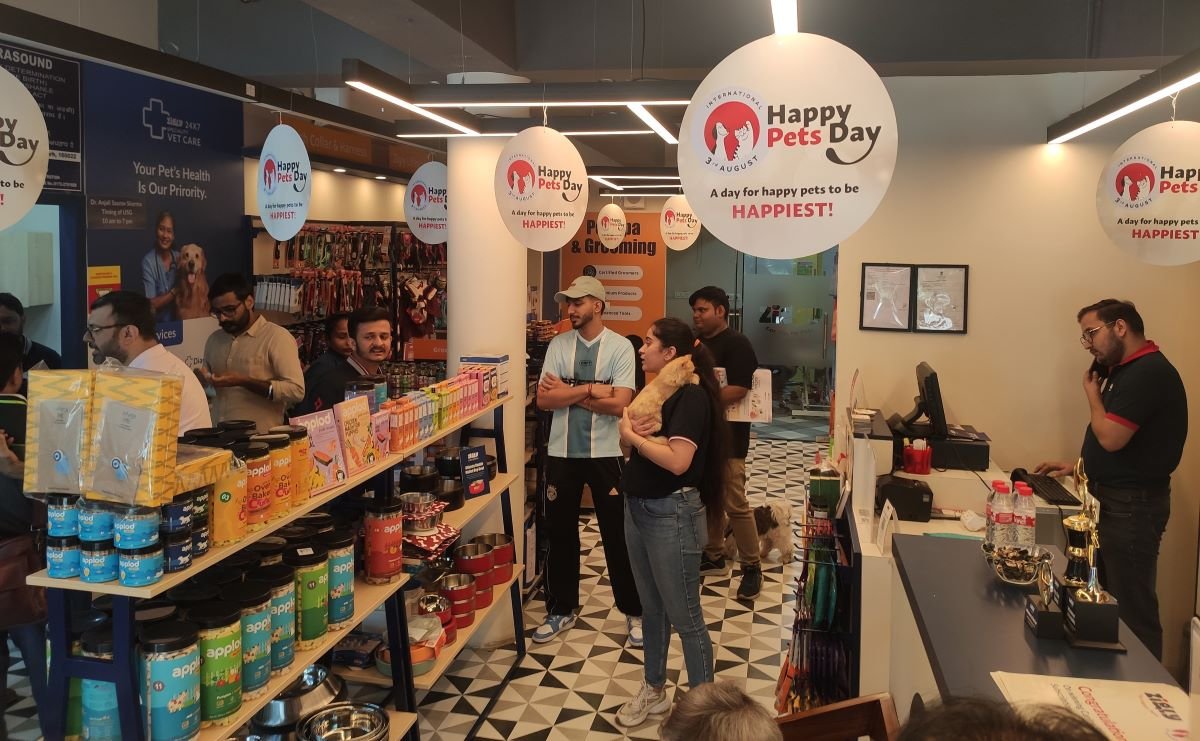
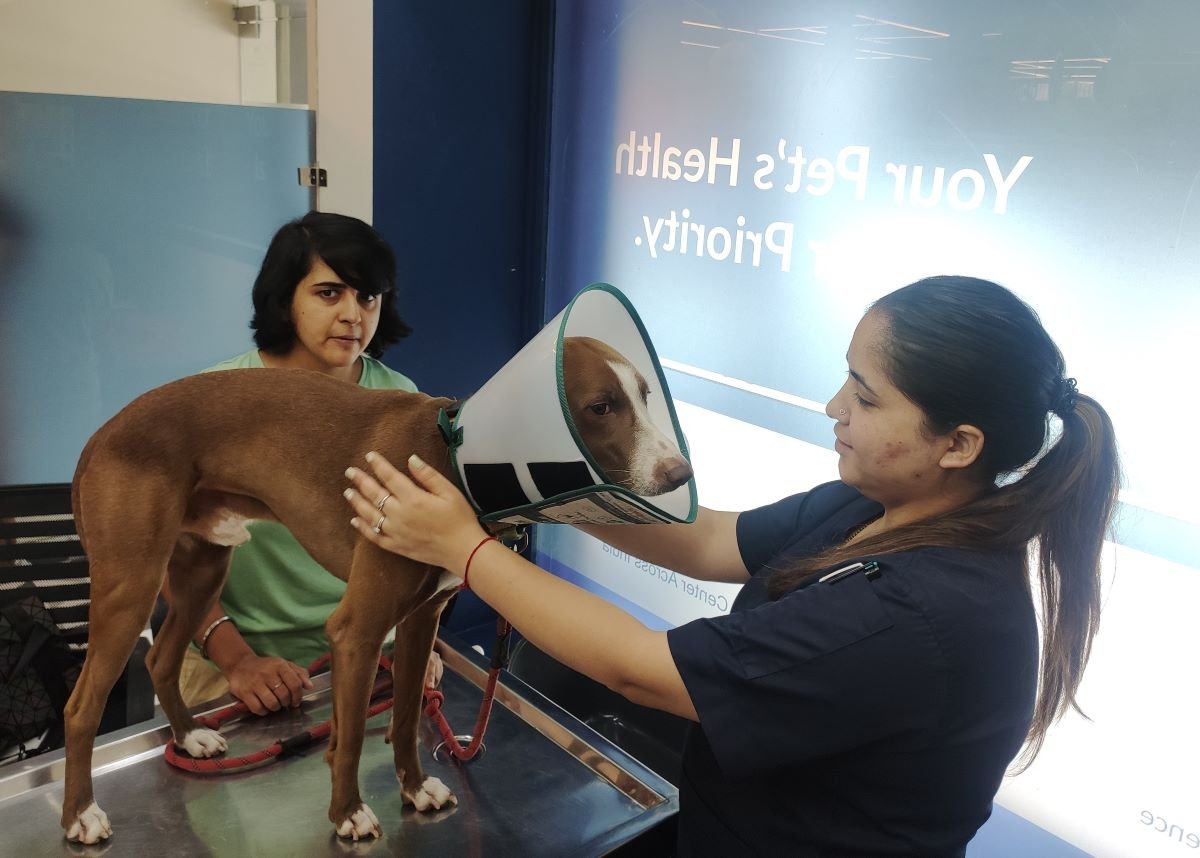 She informs that with greater number of people starting to reside in apartments, smaller breeds of pet dogs are more in vogue like Pugs, Poodles, Beagles, and of late Shih Tzus are increasingly finding favour with pet lovers. But otherwise, all breeds of bigger dogs are coming in like Golden Retrievers, Labradors, German Shepherds, etc., she adds.
She informs that with greater number of people starting to reside in apartments, smaller breeds of pet dogs are more in vogue like Pugs, Poodles, Beagles, and of late Shih Tzus are increasingly finding favour with pet lovers. But otherwise, all breeds of bigger dogs are coming in like Golden Retrievers, Labradors, German Shepherds, etc., she adds.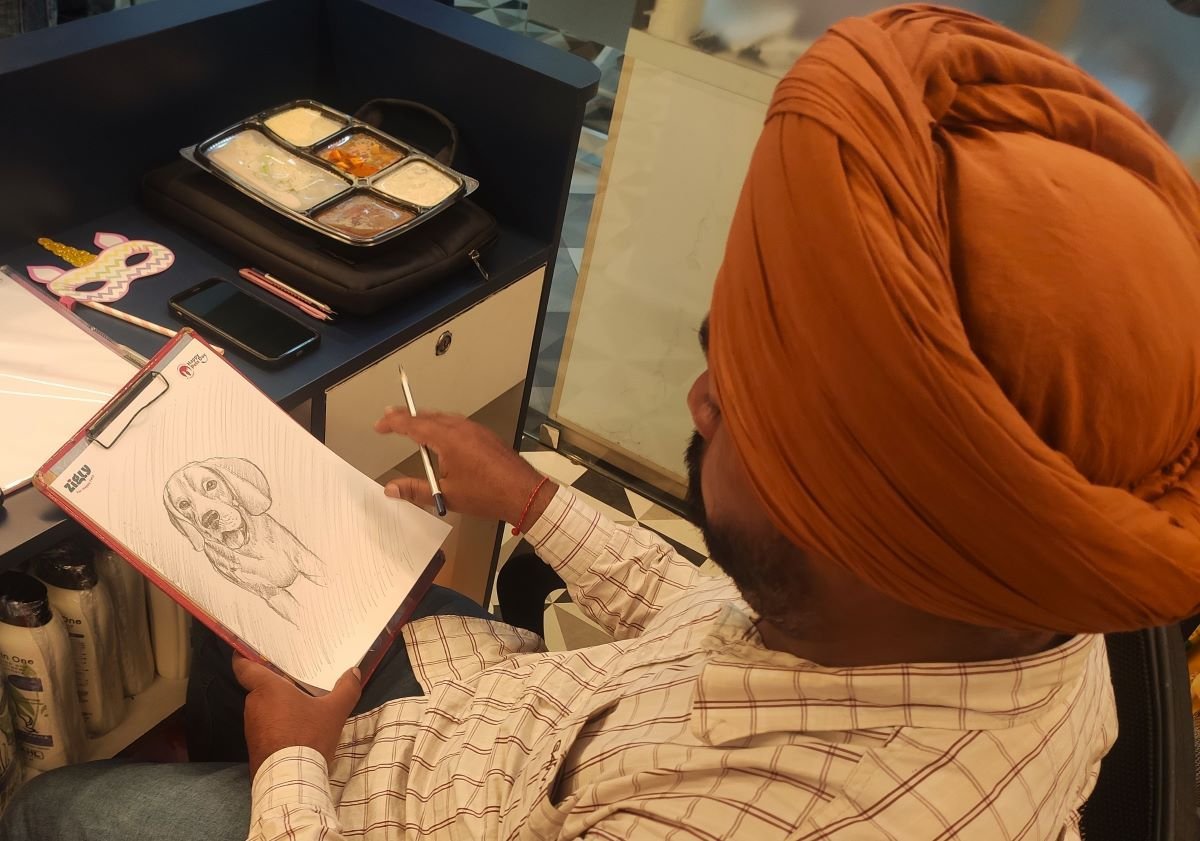

 Dr Anjali points out that along with pet dogs and cats, she had also experienced walk-ins with pet pigeons and parrots too.
Dr Anjali points out that along with pet dogs and cats, she had also experienced walk-ins with pet pigeons and parrots too.
